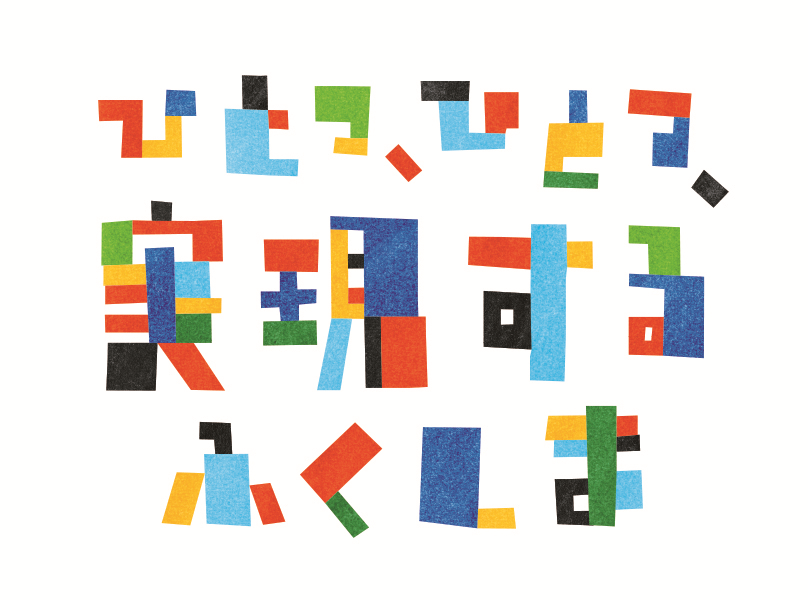研究情報詳細
環境創造センターおよび附属施設での研究情報をここから検索・閲覧することができます。
JP 溶融技術による土壌等からのセシウム熱分離に関するプラント実証試験評価 環境放射能除染学会誌 3(2) 49-64

| 資料種別 | ジャーナル |
|---|---|
| 著者所属・氏名 | 国立環境研究所(NIES) 釜田陽介,阿部清一,川本克也,由井和子,倉持秀敏,大迫政浩 |
| 研究分野 | 除染・廃棄物に係る研究 |
| 登録日 | 2018.10.26 |
| キーワード |
1300~1400℃での高温熱処理により、各種固形物からCsを塩化揮発等により高度に分離濃縮、減容化できる溶融技術について、プラント試験レベルでのCs分離実証を目的とし、溶融テストプラントを用いて土壌、バイオマス焼却灰、下水汚泥焼却灰等、様々な固形物を処理対象とした試験を行った。その結果、処理対象に関わらずCaCl2の添加によりCs揮散率は増加し、プラント実証レベルでもCaCl2はCsの塩化揮発促進効果を有することが実証された。また草木類を含む条件の方がCs揮散率は高く、可燃物の共存による揮散促進効果も確認された。添加薬剤と草木類の量を増加させることにより、最大99.9%のCs揮散率が得られた。また、二段BFの適用によりCsはNo.1 BF灰に濃縮され、一段BFの場合に対して1/3~1/4に減量した。No.1 BF灰は、アルカリ金属塩化物が主体であり、水溶性が高かったため、湿式処理(水溶解-固液分離-Cs吸着)によるCsの二次濃縮、保管が可能であると考えられた。No.2 BF灰は、純粋な酸性ガス中和物であり、CaClOH、CaCl2・4H2O、CaCO3、Ca(OH)2 で構成されたため、溶融薬剤として循環再利用が可能であると考えられた。 By the accident of Fukushima Daiichi nuclear power plant in March 2011, the east of Japan was widely contaminated by radioactive cesium (Cs). Since the accident, a variety of volume reduction technology for radioactively contaminated waste has been developed. Melting technique is considered to be one of useful high-temperature treatments carried at 1300-1400ºC. Using the technique, Cs can be separated in high efficiency from different solids degreasing their volume significantly. In our previous laboratory test, a high Cs volatilization ratio had been obtained for various solid wastes employed. Therefore, in this study, we conducted a demonstration test using a melting test plant (3 t/day) and investigated the Cs separation performance for soil, biomass incineration ash, and sewage sludge incineration ash. As a result, regardless of the kind of solid sample, Cs volatilization ratio increased by the addition of CaCl2. Hence, CaCl2 was considered to have a promoting effect on the Cs volatilization even in the plant scale test. The Cs volatilization ratio in the presence of combustible vegetation was higher than that without the combustibles. This shows the coexistence-effect of combustibles on the Cs volatilization. Increasing the amount of additive reagent and vegetation achieved 99.9% of the Cs volatilization ratio. Furthermore, using the two series of Bag Filer (BF) units, Cs was concentrated into the first (No.1) BF ash, and the amount of the Cs-concentrated ash was reduced by 1/3 to 1/4 compared with the case of using one BF equipment. The No.1 BF ash was primarily composed of alkali metal chloride, and Cs in the No.1 BF ash was highly water-soluble. This indicates that the secondary treatment of Cs by wet process (water elution - solid-liquid separation - Cs adsorption) is possible. The second (No.2) BF ash was composed of neutralized products of acid components (HCl and SOx) in flue gas as follows; CaClOH, CaCl2・4H2O, CaCO3 and Ca(OH)2. Therefore, the No.2 BF ash is considered to be reusable as the melting addition reagent.
公開ファイル(リンクをクリックすると、ファイルをダウンロードできます。)
- NIESF0005abstract(ja,e).pdf(PDFファイル/329KB)




